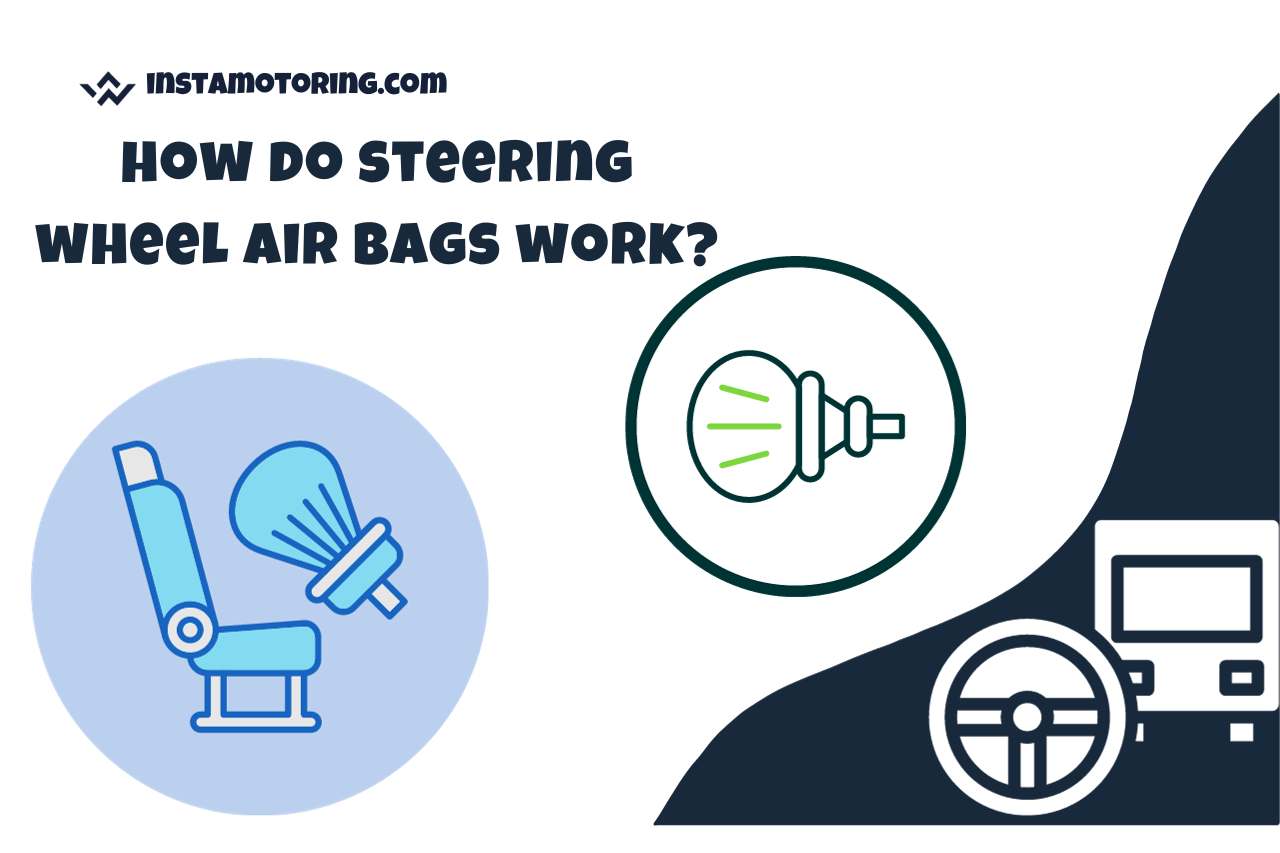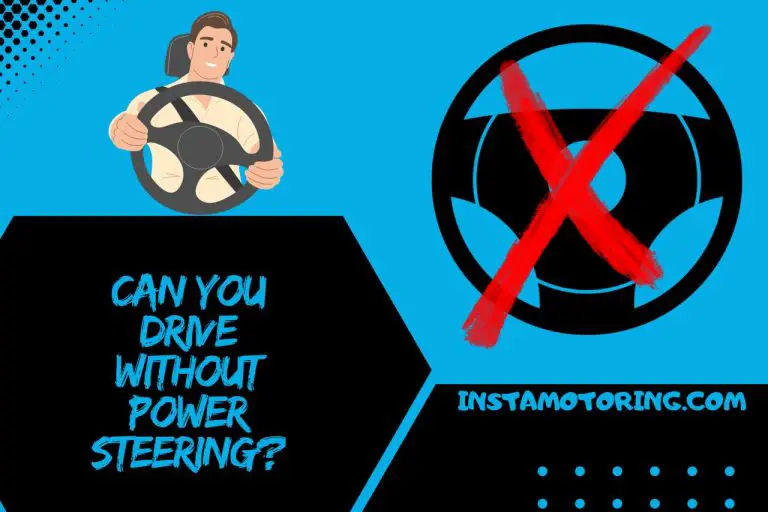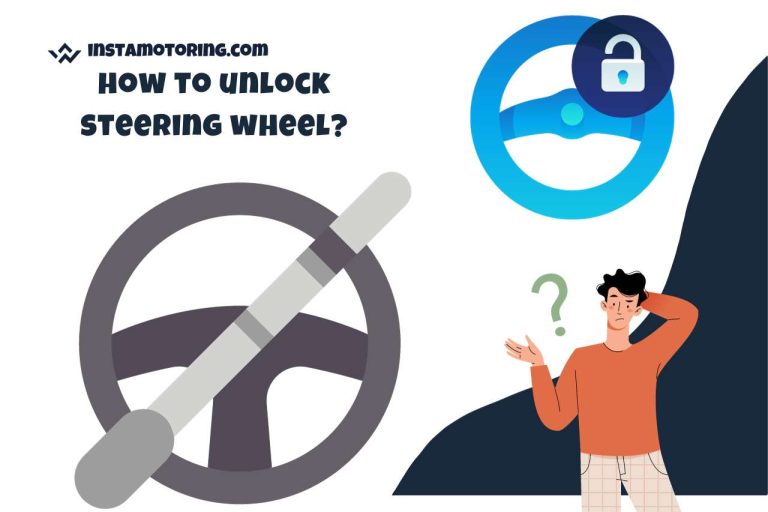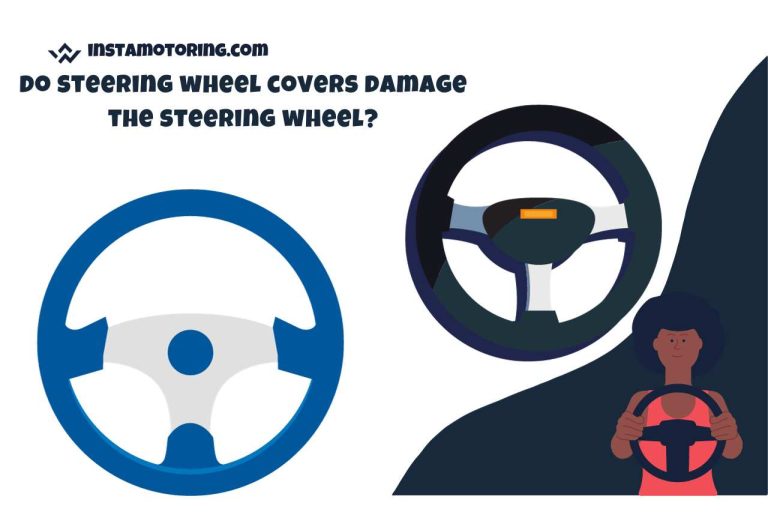How Do Steering Wheel Airbags Work?
Do you want to know how a steering wheel airbag works? As a vehicle enthusiast, understanding the functionality of an airbag is important, as airbags are a crucial safety feature in vehicles.
We’ll make this report both interesting and informative. Let’s get started.
How Do Steering Wheel Airbags Work?
Steering wheel airbags work by inflating between the driver and the car’s hard surfaces if the sensor detects a crash on the front side of the car. Acting as a cushion, steering wheel airbags help to protect the driver from injuries.
Let us explain the mechanism of steering wheel airbags in detail.
Upon impact, sensors detect a collision and trigger the airbag system. The airbag inflator rapidly fills the airbag with gas, causing it to deploy from the steering wheel. This process happens within milliseconds.
The airbag then works as a cushion, reducing the risk of the driver’s head and upper body striking the steering wheel or other hard components of the vehicle, thereby minimizing injury.
Once deployed, the airbag deflates quickly to allow the driver to move.
This system is designed to work in tandem with seat belts for maximum protection during frontal collisions. All in all, it is utterly important to have airbags in the steering wheel to protect the driver in an accident.
What Triggers the Steering Wheel Airbags?
The detective sensors trigger the steering wheel airbags, a severe impact, particularly sudden deceleration, which initiates the deployment process.
These sensors are located throughout your vehicle; they detect sudden stops or changes in motion. When a threshold level is surpassed, they send a signal indicating that a crash has occurred.
Moreover, you should know about the Electronic Control Unit (ECU), which is the brain of the airbag system. It receives signals from the impact sensors and determines the severity of the collision.
If deemed necessary, it activates the airbag’s deployment. When it comes to the angle of collision, airbags typically deploy in frontal and near-frontal collisions.
Side or rear impacts might not activate the steering wheel airbag but might trigger other airbags in the vehicle.
In essence, while the mechanism behind airbag deployment seems simple, it is clear that this is a sophisticated system of sensors and electronic assessments ensuring optimal safety during dire circumstances.
Once it is deployed, you can replace the steering wheel airbag for future protection.
Can a Steering Wheel Airbag Go Off without Power?
Yes, steering wheel airbags can go off without receiving power. Even if a vehicle’s power is off, the airbag retains enough charge to deploy for a short period.
We need to consider three aspects of this subject.
- Backup Capacitor: Airbag systems are equipped with capacitors. These can store electrical energy, so the airbags still have the chance to deploy shortly after the battery is disconnected or power is lost.
- Safety Mechanism: This design acts as a safety mechanism, ensuring that airbags can function even if a collision impacts the vehicle’s electrical system or the battery is disconnected upon impact.
- Duration: Typically, the residual charge remains for several minutes after power loss, but the duration depends on your car model.
Can you Drive without a Steering Wheel Airbag?
Yes, you can drive with a steering wheel, but it’s not recommended due to safety concerns.
Why shouldn’t you drive without airbags?
- In many jurisdictions, driving a vehicle without a functional airbag, especially if it was originally equipped with one, can be against road safety regulations. So, it would be better to check vehicle rules governed in your area.
- Airbags are integral components of a car’s safety system. Their absence increases the risk of severe injuries in the event of a frontal collision.
- Insurance companies may decline claims or increase premiums for vehicles that have been tampered with or lack essential safety features.



My name is James, I work as an Automotive Designer with 9 years of experience. I also work as a mechanic and vehicle inspector. I love deciphering complicated car exteriors and interiors and resolving fluid and oil troubles. InstaMotoring.com is here to help you troubleshoot your car with dependable and expert help.



![Car Won’t Start Power Steering Light on [4 Reasons]](https://www.instamotoring.com/wp-content/uploads/2024/01/Instamotoring.com_-768x524.jpg)



![Can You Replace a Steering Wheel? [Factors to Consider]](https://www.instamotoring.com/wp-content/uploads/2023/10/why-does-my-mattress-move-away-from-headboard-6-768x512.jpg)